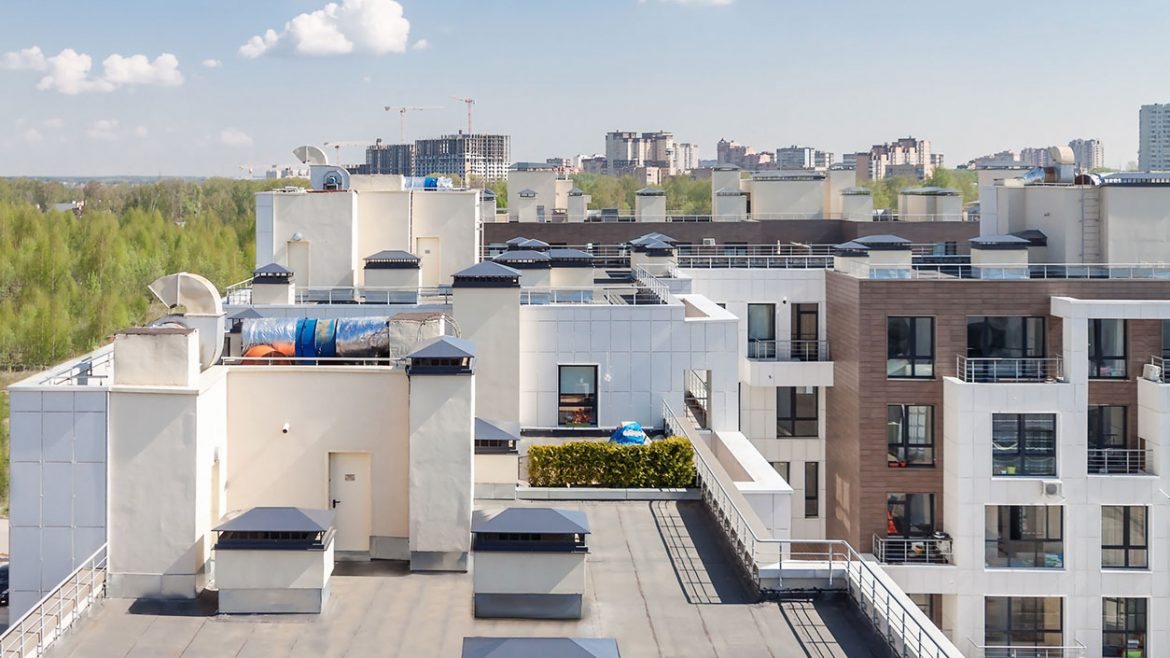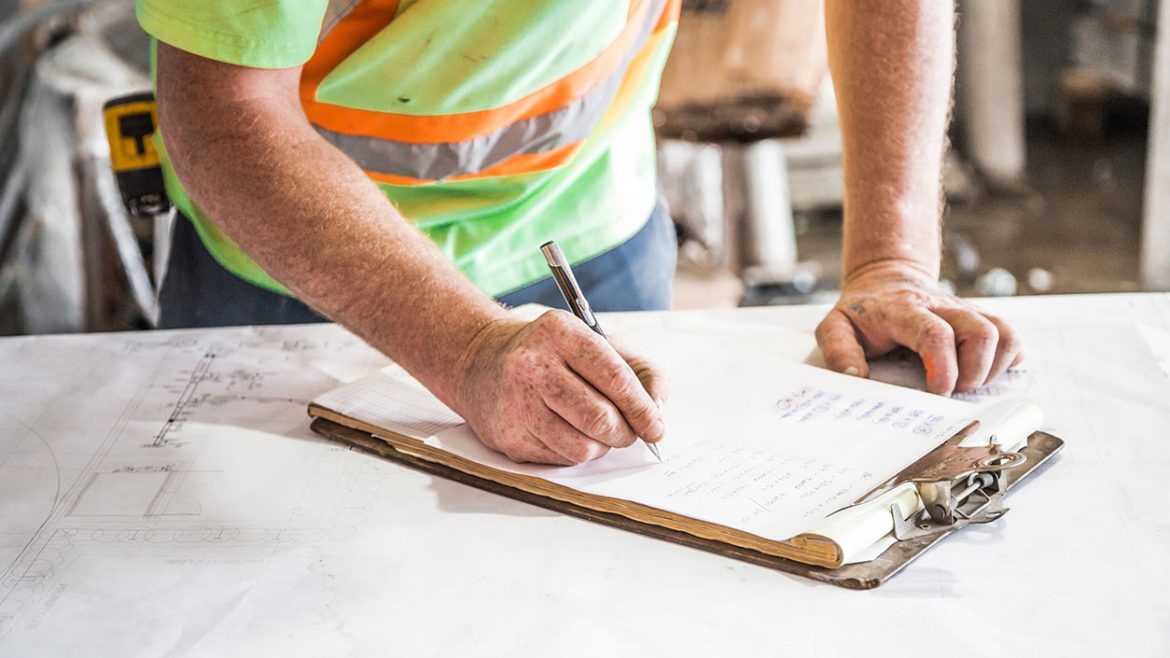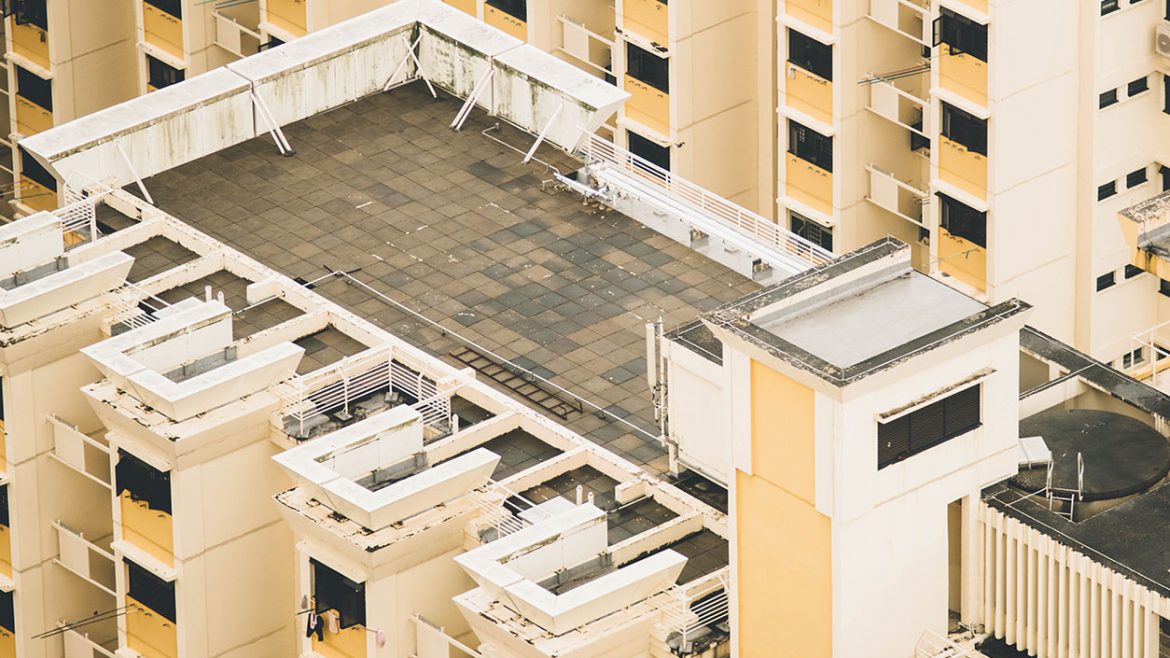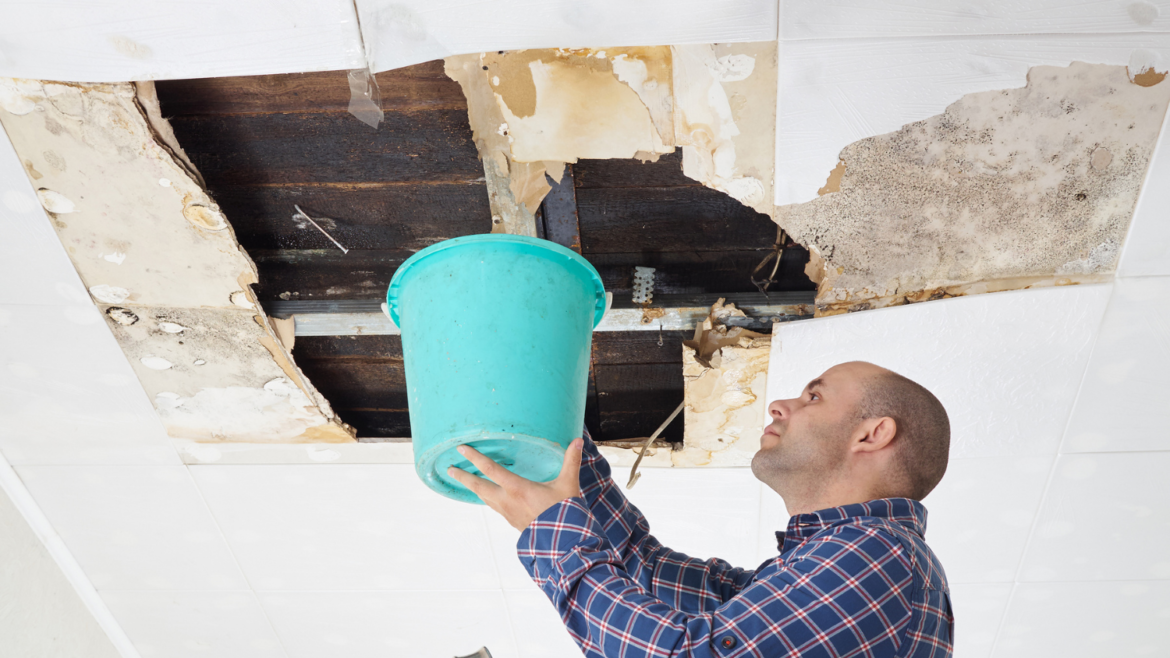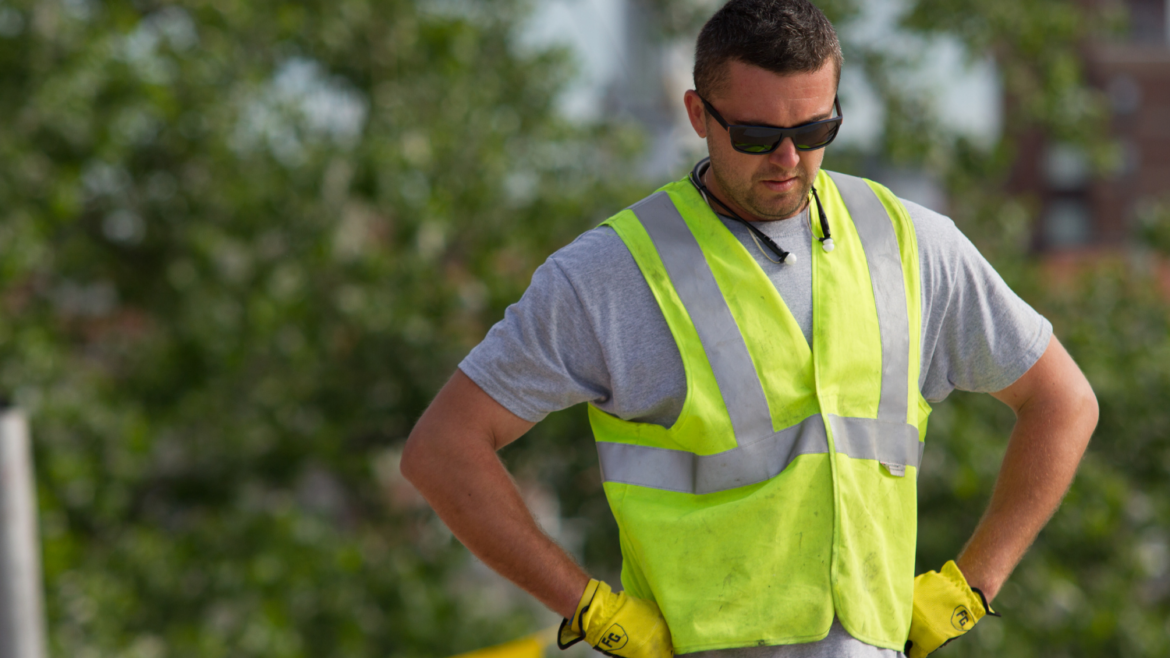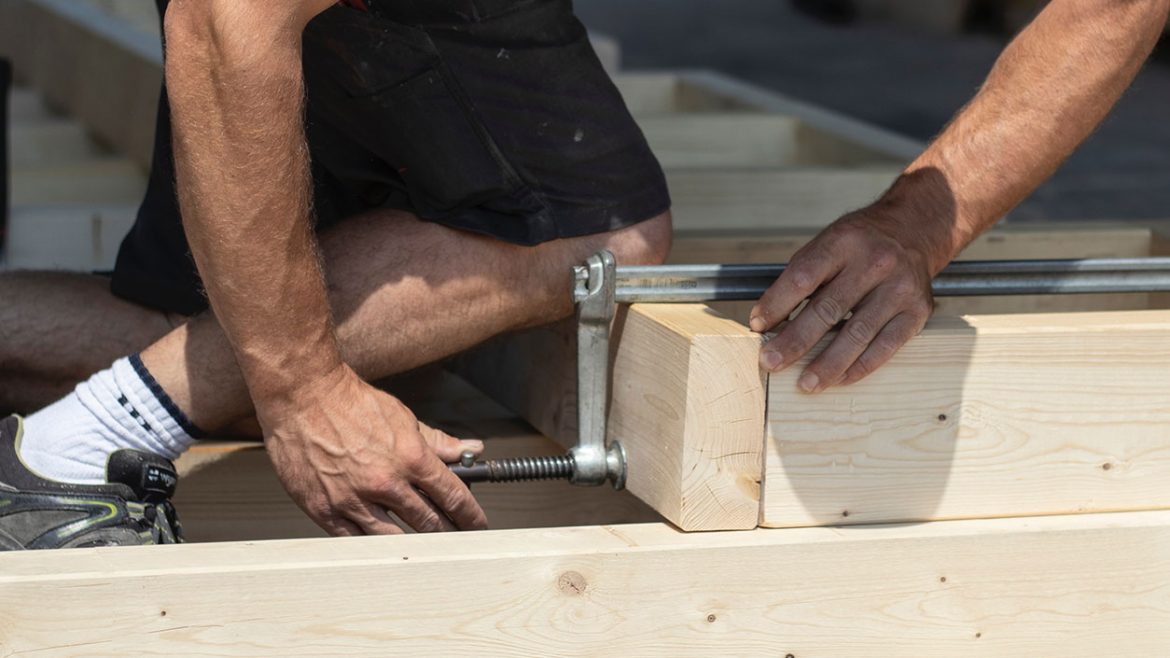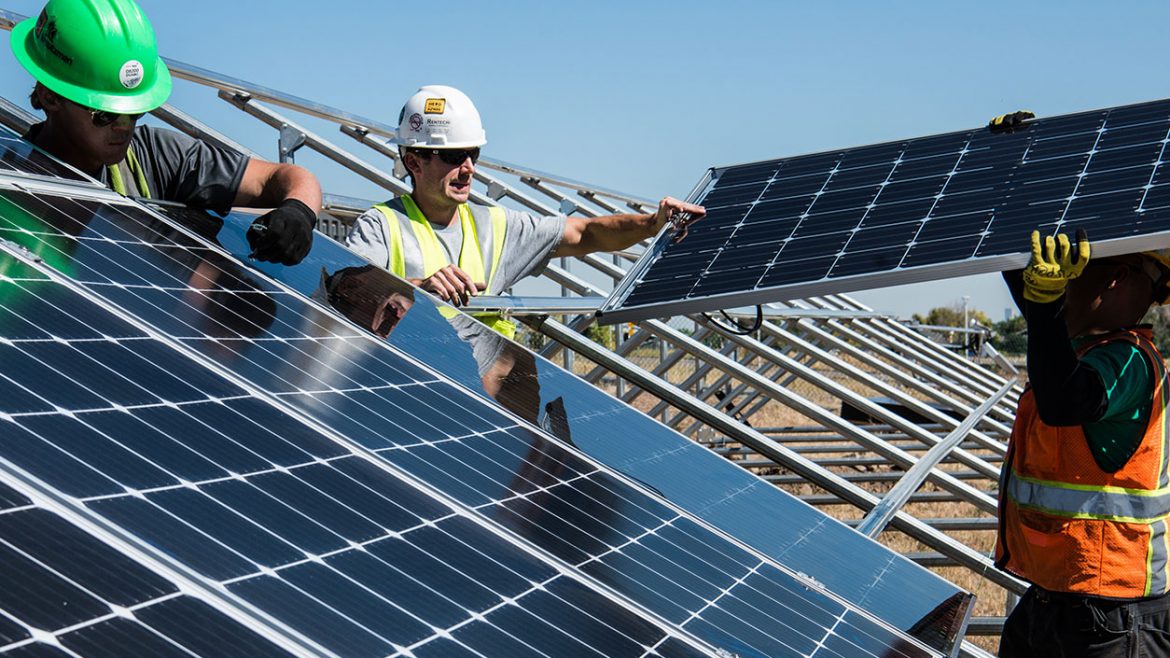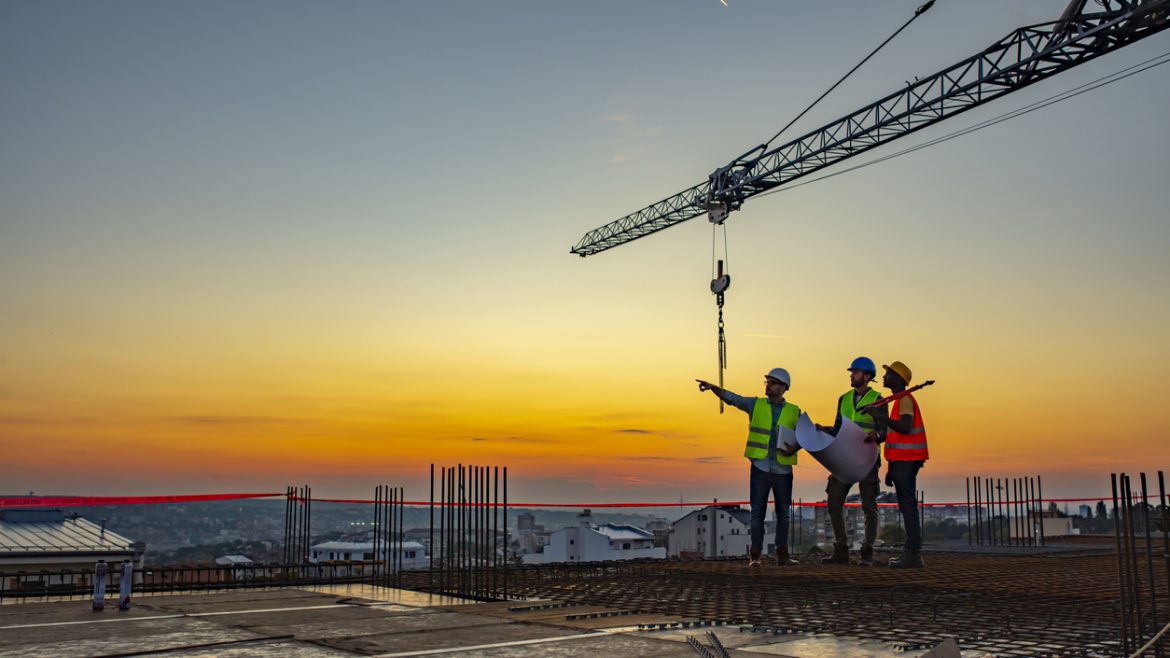Ace Your Commercial Property Management Building’s Maintenance
Managing a commercial property can be a challenge, whether it is one building or a complex of storefronts. With so many potential problems that can go wrong, how can you possibly stay on top of it all? PB Roofing has been working on commercial properties for nearly two decades, and we’re here to provide you with 3 tips and tricks so you can master commercial property management.
1. Keep Detailed Records of Well, Everything
Chances are, you’ll encounter a ton of paperwork and emails. Staying organized will be crucial to successful property management. Set up a system where you can easily access vital documents when needed. Then, keep up with your filing. Accessible, detailed records will help you understand where things went wrong and plan for the future. For example, you’ll determine when your last roof inspection was and when it will be time for your next one.
2. Upgrade Your Property
From time to time, you’ll need to upgrade an aspect of your building, whether that be for a repair or installing new technology. While these may seem expensive, look at it as a long-term investment. Upgrades will enhance your property value and keep tenants happy. Landscaping, solar panels, and energy-efficient generators are just some of the additions you can make.
3. Set Up a Comprehensive Maintenance Plan
Maintaining your property goes hand in hand with upgrades, as it will also increase property value and keep tenants happy. While it will help keep up appearances, it’ll also boost the integrity of the building. Preventative maintenance is crucial for a building’s roofing system. Here are a few benefits to setting up a roofing maintenance routine with a professional:
- Unique inspections: Your commercial building’s roofing system is unique, and its needs will be different. By having routine check-ups, a professional can evaluate the health of your roof and identify potential problems.
- Protect against harsh weather: If you’re on the East Coast like PB Roofing is, you experience the grueling summer heat and unforgiving winter storms. A professional can spot weak points in your roofing system during a semi-annual maintenance check-up and get it protected in time for an upcoming season change.
- Save on significant repairs: If you spot a problem before it becomes, well, a bigger problem, you can save an incredible amount on repairs. Think, spend a few hundred on a minor repair now, or a few thousand on a replacement later.
What Can Your Commercial Property Expect from a Maintenance Routine Plan with PB Roofing?
PB Roofing’s Pro-Service team is experienced in working with property managers to provide the best possible solutions for your roofing system. When we inspect your roof, we’re looking for areas where water can pool, holes, cracks, missing gravel, missing materials, and exposed felt. Contact PB Roofing today to schedule your preventative roof maintenance.

